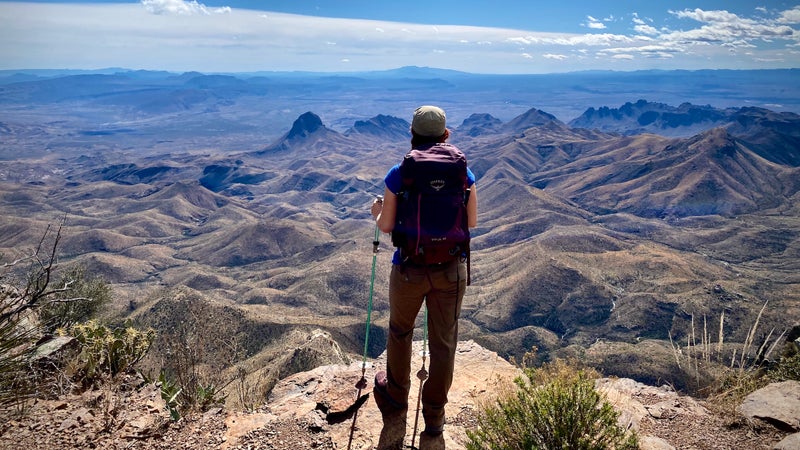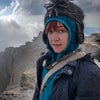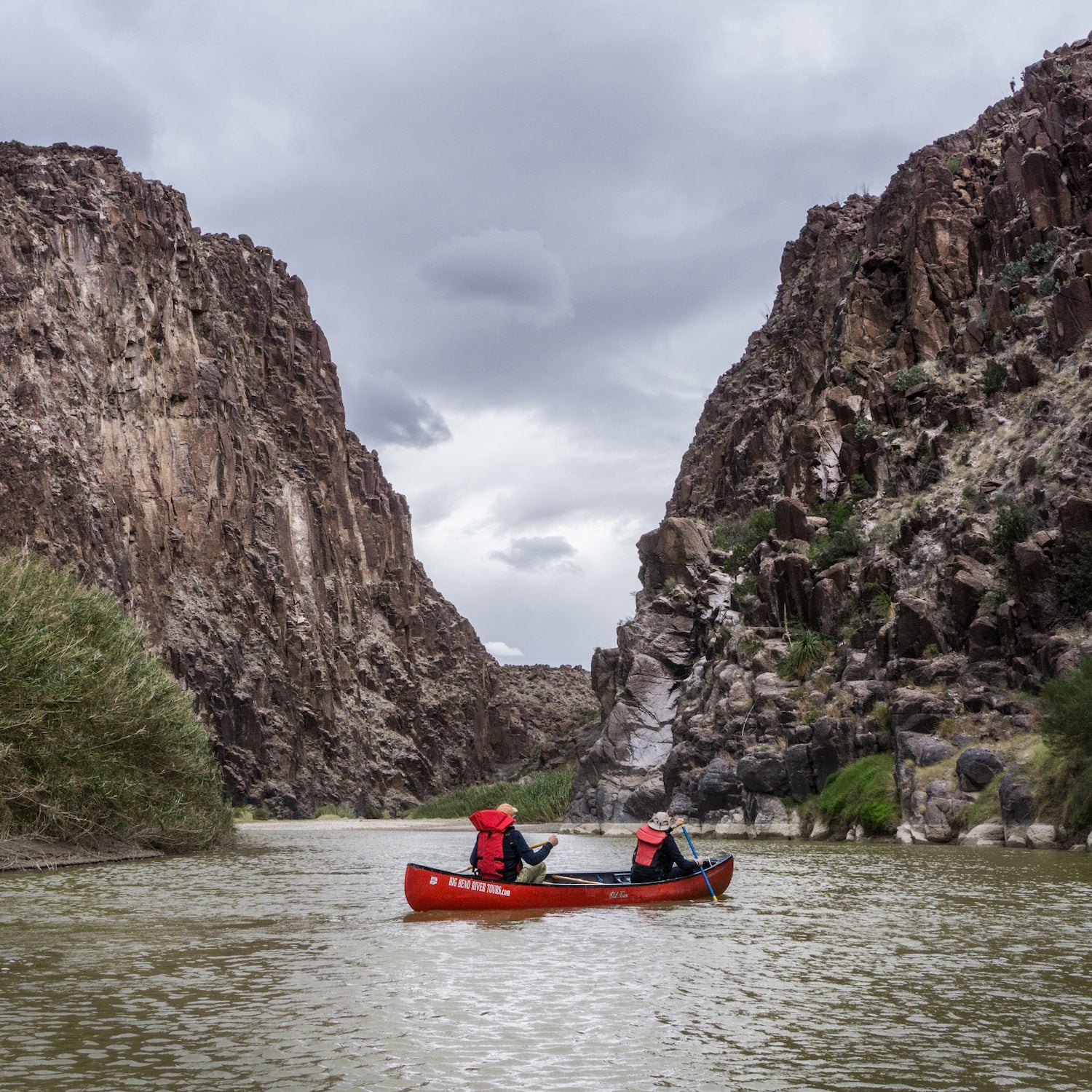62 Parks Traveler started with a simple goal: to visit every U.S. national park in one year. Avid backpacker and public lands nerd saved up, built out a tiny van to travel and live in, and hit the road. The parks as we know them are rapidly changing, and she wanted to see them before it’s too late.
Pennington is committed to following CDC guidelines during the COVID-19 pandemic to ensure the safety of herself and others. She’s currently on a travel break until the parks begin to reopen. In the meantime, we’ll continue to publish her previously completed parks to help you take your mind off the pandemic and plan for future adventures.
“Go on, git! That’s what you say if you see a bear or a mountain lion, ‘cause then you sound like a redneck, and everything is afraid of rednecks.” My river guide in Big Bend was everything you’d expect from a diehard West Texan: irreverent and cantankerous, with a Southern drawl that made me instantly crave a hearty serving of barbecue.
February means canoeing season in the park, with low water levels creating the perfect conditions for a relaxing float down the Rio Grande. I set off on a group trip out of the small border town of Terlingua, cruising through rough dirt roads in the Chihuahuan Desert until we reached our launch point. Our mission? Dark Canyon. The guide gave us a five-minute tutorial for how to maneuver the boats, and we were off.
“Over there, look! Javelinas!” He pointed in the direction of a stand of river cane, noting a group of eight small peccaries fleeing into the brush. “You smell that skunky smell? That’s them. More closely related to a hippo than a pig.”
The canoe trip was scenic. Mellow. A good half day to get acquainted with the park and the plants and animals that call it home. But as soon as day two rolled around, I was itching to get out onto the trails that make Big Bend famous.
I started early, breathing heavily on the steep switchbacks as I climbed into huge, volcanic rock features on the Pinnacles Trail. The Chisos Mountains are truly awe-inspiring, elaborate orange fins of rock speckled with oak and Douglas fir that cast an imposing shadow over the vast desert floor below.
I reached the edge of the South Rim Trail, and my jaw dropped. The Chihuahuan Desert, a vertical mile below my feet, sprawled out for hundreds of miles in every direction. It felt like I could see the whole world from my rocky perch, the undulating ripples of the Chisos Mountain foothills, the Rio Grande, and, beyond it, Mexico.
My last day in Big Bend was spent luxuriating in scenic drives to Boquillas Canyon and the park’s famous hot springs. At each stop, small tables of Mexican handicrafts stood unmanned at the trailhead; a vacant canoe bobbed against the shoreline on the Mexican side of the river.
As I lounged in a large pool at the hot springs, surrounded by recent retirees and international backpackers, I found myself transfixed on the people across the river. I plunged into the cool water, drifting in the gentle current and meditating on the irrationality of borders.
“What a difference 30 feet of water can make,” I thought to myself.
How arbitrary. How humbling.

62 Parks Traveler Big Bend Info
Size: 801,163 acres
Location: Southwest Texas
Created In: 1933 (state park), 1944 (national park)
Best For: Hiking, boating and rafting, backpacking, star gazing, car camping, wildlife viewing
When to Go: Spring (58 to 93 degrees), fall (56 to 89 degrees), and winter (49 to 74 degrees) are the best seasons to visit. Summer brings humid weather and temps from 75 to 103 degrees.
Where to Stay: Big Bend has one of the most robust in the parks system, with options ranging from car camping in a sedan to intense 4WD roads, sites with horse corrals, and backpacking trails. If you’re not into roughing it, the is centrally located inside the park and provides modern comforts with incredible views.
Where to Eat: in Terlingua, a 15-minute drive from the park, serves up some of the best brisket and pulled pork in Texas. Wash it down with a Mexican Coke.
Mini ���ϳԹ���: Hike the Window Trail. This moderate 5.6-mile walk gets visitors into the heart of the craggy Chisos Mountains and butts right up against the striking Window Formation. The 0.3-mile Window View Trail offers an accessible option with similarly breathtaking views.
Mega ���ϳԹ���: Float down the Rio Grande into Santa Elena Canyon and marvel at the towering walls and golden light that make this area famous. (from $84) and (from $75) both offer year-round guided tours for all ability levels, from half-day floats to multiday overnight trips.
Worth a Detour: Go on an art bender in the funky West Texas town of Marfa. In the mid-1970s, put this little city on the map by purchasing several large spaces to live and create in. These days, his buildings are open as museums, and the town itself is a hub for hipster coffee shops and .


